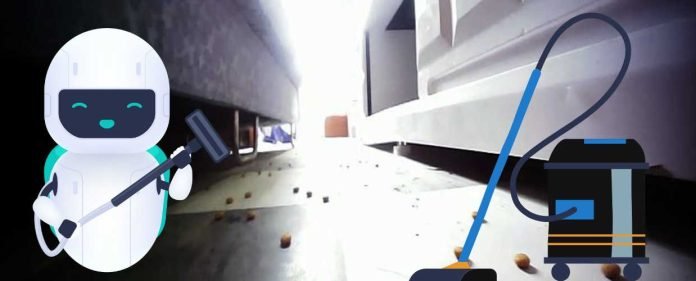Optimizing robot vacuum cleaners for cost-effective performance poses challenges due to limited computational resources. To bridge this gap, the development of lightweight AI models becomes imperative, demanding innovation in quantization. Two researchers, Qian Huang and Zhimin, proposed a high-Performance and Lightweight AI Model for Robot Vacuum Cleaners with Low Bitwidth, Strong Non-Uniform Quantization.
Traditional Quantization Limitations and Proposed Solution
Manufacturers often resort to traditional uniform weight quantization in pursuing efficient AI models. This approach, although simple, assigns the same number of levels to all weights irrespective of their distribution or importance. Unfortunately, this uniformity can lead to sub-optimal quantization outcomes, failing to align with weight statistics and thereby hindering performance.
In response, we introduce a novel technique named “low bitwidth strong non-uniform quantization.” The researchers’ approach fundamentally departs from traditional methods, prioritizing alignment with the actual weight distribution of well-trained neural network models. This strategic shift aims to harness the intrinsic knowledge of weight distribution to enhance neural network implementation efficiency.
Leveraging Weight Distribution Insights and Resource Optimization
The proposed quantization technique uses weight distribution insights to create a more efficient framework. By capitalizing on these characteristics, they aim to strike a harmonious balance between model complexity, classification accuracy, and computational resources, a crucial consideration for resource-constrained robot vacuum cleaners.
Additionally, the researchers addressed AI models’ computational and memory demands by optimizing input image sizes. The objective is to identify the optimal image size that allows AI models to function effectively within the constraints of robot vacuum cleaners while still maintaining satisfactory accuracy in object classification tasks.
Results and Impact
Through rigorous experimentation, the researchers demonstrate the prowess of their proposed AI model. Compared to state-of-the-art models, the proposed approach achieves a remarkable 2-fold reduction in memory usage from 15.51 MB to 7.68 MB while retaining an accuracy of around 93%. Furthermore, the non-uniform quantization strategy achieves an astounding 20-fold memory reduction (from 15.51 MB to 0.78 MB) with only a marginal accuracy dip of 3.11% (still surpassing 90% accuracy).
Conclusion
The innovative approach introduces a new era of efficient AI integration into robot vacuum cleaners. The researchers achieve a harmonious balance between model efficiency, accuracy, and computational feasibility by departing from uniform quantization norms and capitalizing on weight distribution insights. This transformative work holds the promise of significantly enhancing the capabilities of robot vacuum cleaners while optimizing resource utilization.



